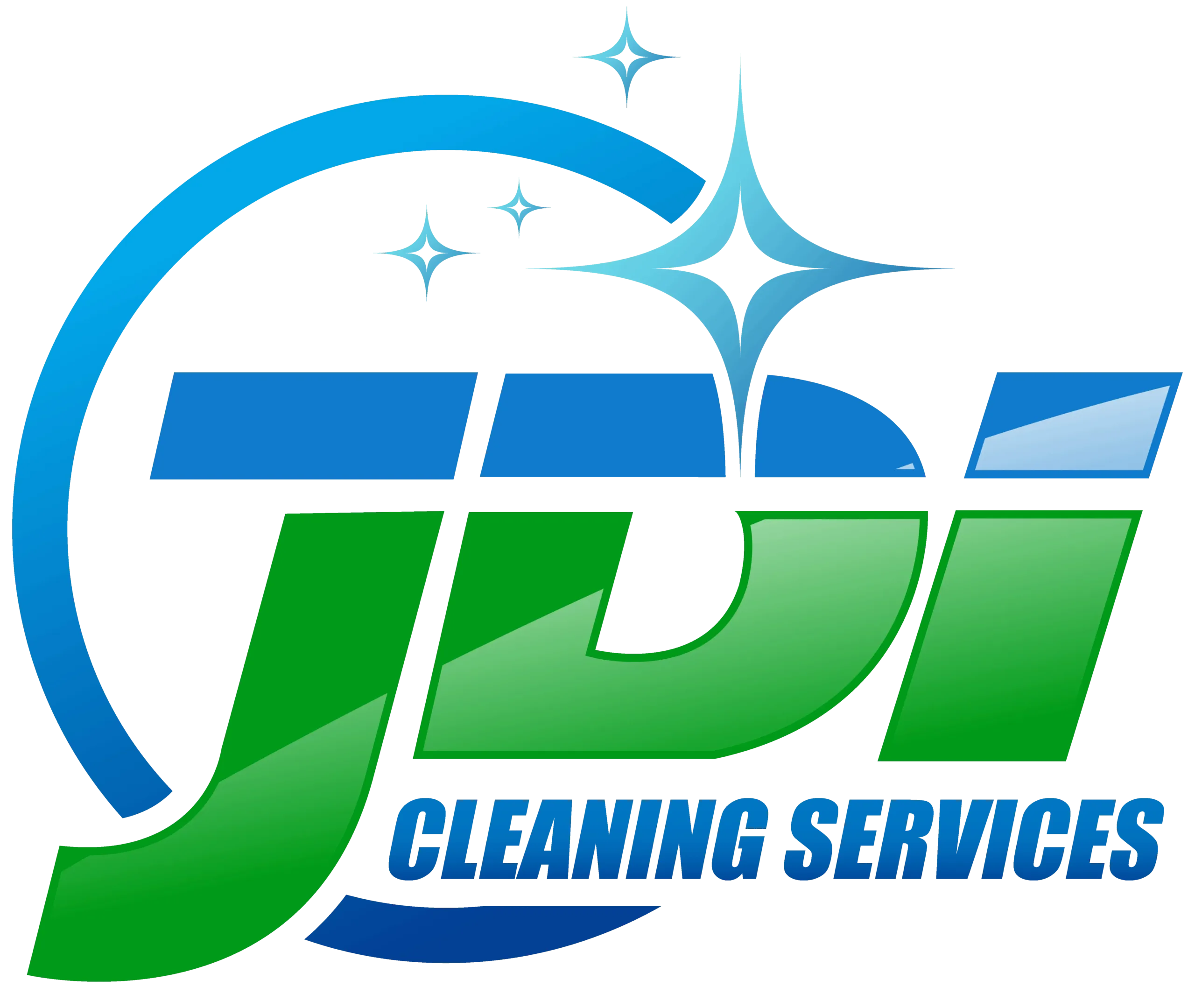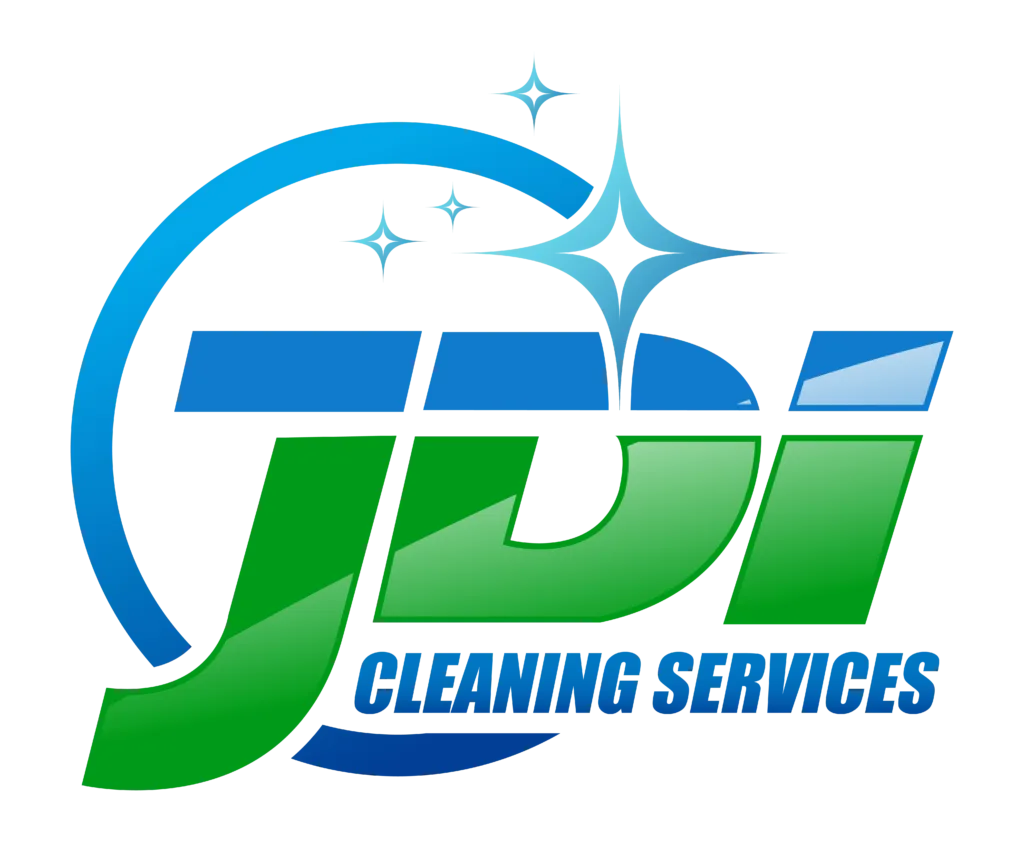What is Green Cleaning?
According to the Ontario Ministry of Education, green cleaning aims for, “The Implementation of alternative cleaning processes that either significantly reduce the amount of chemicals being used or introduce new technologies that result in more effective processes.” (Dombrowsky 2010) In other words, green cleaning is about minimizing the negative environmental impacts that are caused by the use of industrial level cleaners. This ranges from reducing people’s exposure to harsh cleaning fumes and reducing the actual chemical damages that stem from dumping harsh chemicals into ecosystems.
Benefits of Green Cleaning
Improved Indoor Air Quality
While most of the concern regarding harsh chemicals is directed at their effects on ecosystems, they can also cause problems for people who inhabit and work in cleaned spaces.
A good example would be to imagine yourself walking into a freshly cleaned public restroom, only to be greeted by an overwhelming scent of bleach. The chemical fumes left behind by strong cleaning products can irritate and damage your airways. In extreme cases, chemical fumes can even cause asthma attacks in sensitive persons.
Some chemical residue may remain when wiping surfaces, creating even more hazards as the surface is repeatedly touched.
Waste reduction
Many standard cleaning products come with excessive amounts of packaging, which does even more harm to the environment besides dumping chemicals into the water. Additionally, these chemicals require extra precautions when being disposed of due to their volatile nature. Suppose a volatile chemical is poured down the drain, or tossed into the garbage. There is a chance it will react with other substances and cause a dangerous reaction.
Reduces Chemical Runoff
Chemical runoff occurs due to either ‘point source pollution’ or ‘non-point source pollution.’ Point-source pollution is typical of factories that directly dump chemicals into the environment at regulated rates. In contrast, the latter is caused by consumer use. Even though consumers do not pour bottles of bleach into rivers intentionally (hopefully), saturated soil can cause an overflow.
Overflows can travel across the land, pushing tainted water into natural water systems. Either way, harsh disposed of chemicals will find their way into natural water systems, even if it is not intended.
Does Not Age Surfaces As Much As Industrial Cleaners
Harsh chemicals like bleach are toxic, and extremely basic solutions that are highly corrosive. This means that strong chemicals can eat away at, and age, surfaces it is applied to. Eco-friendly products are monitored to reduce this kind of damage to surfaces and organisms.
How to Tell If a Cleaning Product is Eco Friendly
Regulations have been set so that institutions participating in the Green Clean program only use cleaning products that are either ‘Green Seal’ or ‘Ecologo’ certified. Both are programs that perform intense chemical testing to ensure new eco-friendly cleaning products produce the desired results listed above.
Ecologo products are described as, “multiattribute, lifecycle-based environmental certifications that indicate a product has undergone rigorous scientific testing, exhaustive auditing or both, to prove its compliance with stringent, third-party, environmental performance standards.” (ECOLOGO Certification Program)

Green Cleaning products will have an EcoLogo sticker attached to them
These tests review the strength of chemicals, their ability to function, and the amount of packaging to make them eco-friendly. Additionally, Cleaning products that are certified come with this easy to spot sticker, indicating its status as an EcoLogo approved chemical.

The easily recognizable ‘Green Seal’ logo found on certified Green Cleaning products
Green Seal products aim to accomplish the same goal as EcoLogo certifications by rigorously testing products against 27 environmental safety standards. These standards are provided on their website as a list. They include detailed PDFs containing the exact measurements they are looking for. Similar to the EcoLogo certification, GreenSeal products have a noticeable sticker to mark them as environmentally friendly.
Why is Green Cleaning Important?
Green cleaning is more important now than it ever has been. Traditional cleaning products are toxic, damage the environment, and often use non-renewable resources like petroleum in their manufacturing process. Of course, there is also an immense amount of environmental damage that has already occurred from years of uninhibited use.
Environmental Impacts
As mentioned earlier in the article, using harsh cleaning chemicals negatively contributes to the environment by polluting ecosystems with toxic, and non-biodegradable chemicals. Even though household waste-water is processed through filtration plants before flowing into natural areas, portions of chemicals still get through.

An example of point-pollution, or chemical dumping
Further, through non-point source pollution, the leftover chemicals will enter water systems through the process of runoff. Once present in an ecosystem, the remaining chemicals will be absorbed by aquatic life, which eventually makes its way back to humans through the food chain.
Besides harming animals and humans, evaporated water containing disposed of chemicals can spread what are called VOCs, or ‘volatile organic compounds.’ These compounds are toxic if inhaled and contribute to global warming. An example of a VOC caused by contaminated water is acid rain. To specify, even contact with multiple cleaning chemicals overtime can have drastic consequences. Andrea Thompson in her article explains that,
“Volatile organic compounds, used to enhance the performance of a product, can impair neurological functions, while other chemicals can act as respiratory irritants, carcinogens or reproductive toxins, depending upon the extent of exposure” (Thompson 2007)
Are Green Cleaning Products Strong Enough to Kill Germs?
One of the more controversial topics concerning green cleaning products is overall performance in comparison to standard cleaners. This most likely stems from the variety of ‘new’ green products being produced as the demand for alternatives increases. Referencing Thompson’s article, green cleaning products’ drawbacks are that, “They’re more expensive and may require more elbow grease to achieve the same level of visual cleanliness.” (Thompson 2007). Thus, Green cleaners can achieve the same levels of cleanliness at the cost of not being as easy. This is because green cleaning products do not have chlorine in them, which may be overkill regardless.
Contrary to this report, the Ontario Ministry of Education’s document claims that, “Custodians reported that certified green products met or exceeded their overall expectations in terms of product performance and ease of use.” (Dombrowsky, 4) Consistent with the previous line, green cleaning products can remove dirt and sanitize surfaces if appropriately scrubbed.
Are Green Cleaning Products Worth it?
While some puritans will disavow the use of green cleaning products due to the slight lack of ‘power’, they do prove to be on equal footing in most aspects. Professional commercial cleaners seem to think so, and the results of reducing environmental harm are worth swapping out some traditional products.
Some situations require industrial strength chemicals, like in a lab. However, there are plenty of household cleaning tasks that can be accomplished with simple ingredients like baking soda, or vinegar.
Works Cited
“ECOLOGO® Certification Program.” UL, 2020, www.ul.com/resources/ecologo-certification-program.
Rutledge, Kim et al. “Runoff.” Edited by Jeannie Evers and Kara West, National Geographic Society, National Geographic, 9 Oct. 2012, www.nationalgeographic.org/encyclopedia/runoff/.
“Standards List.” Green Seal.org, Green Seal, 2020, https://greenseal.org/green-seal-standards/standards-list
Dombrowsky, Leona. “Green Clean Program Resource Guide.” Edu.gov.on.ca, Ontario Ministry of Education, Mar. 2010, www.edu.gov.on.ca/eng/policyfunding/GreenClean_Guide.pdf.
Thompson, Andrea. “The Truth About ‘Green’ Cleaning Products.” LiveScience, Purch, 6 Aug. 2007, www.livescience.com/1737-truth-green-cleaning-products.html.




